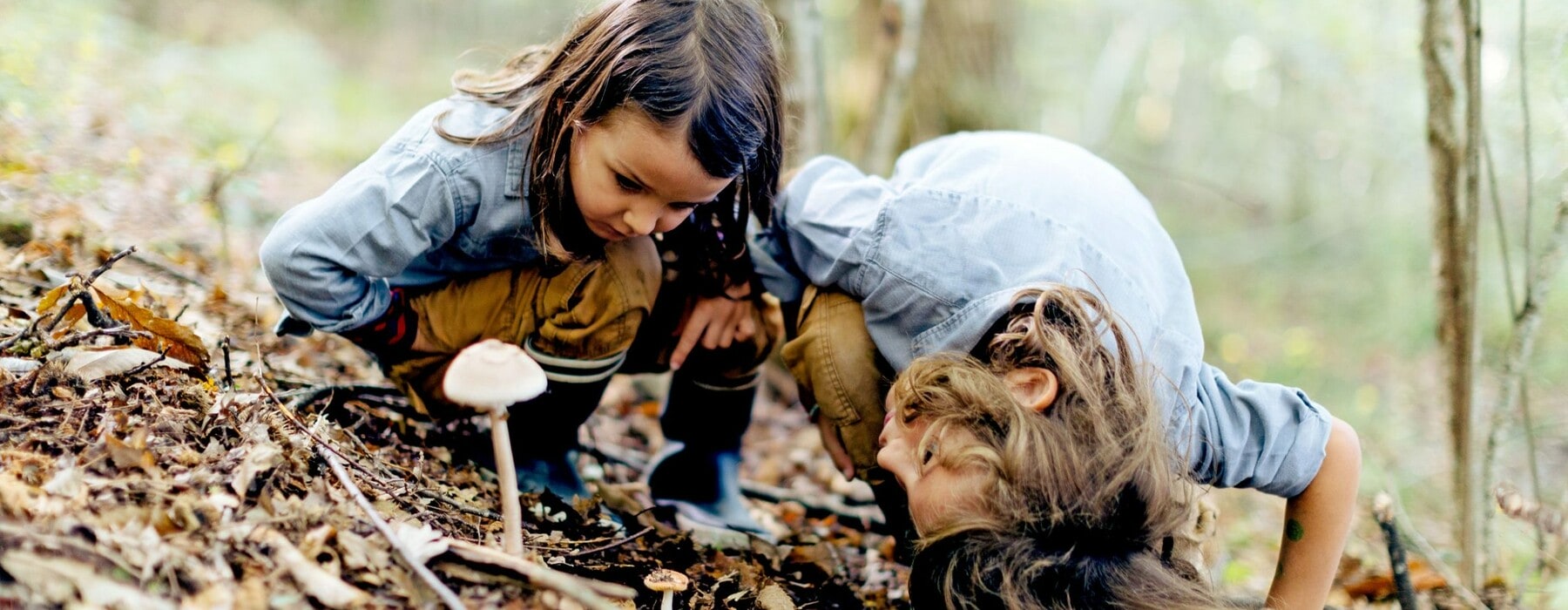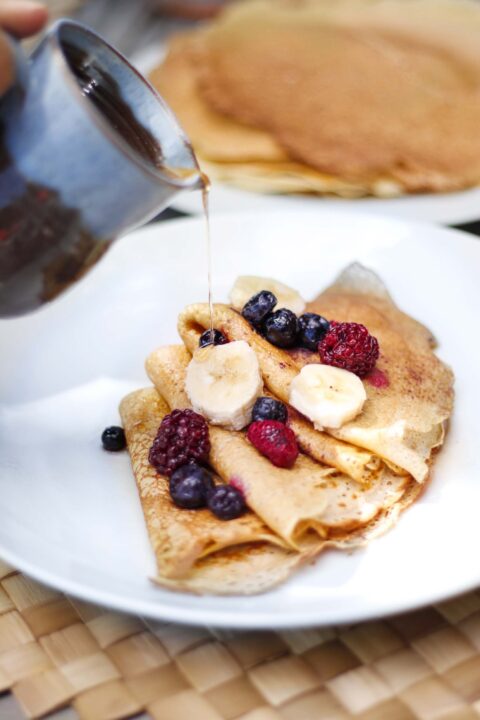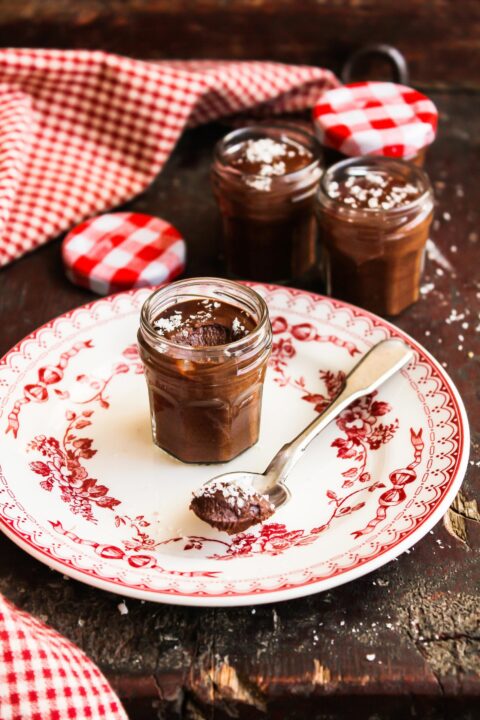From low carbon footprints to possible medicinal benefits, we explore the magic of mushrooms.
Mushrooms aren’t just being cooked and fried these days – you can blend mushroom powder into your smoothies, drink mushroom tea, munch on mushroom chocolate and rub mushroom anti-ageing products on your skin.
In New Zealand, most of us consider button mushrooms de rigueur, but they’ve recently been joined here by more exotic varieties such as oyster, shiitake, lion’s mane and turkey tail, which are being chopped and tossed by both restaurant chefs and home cooks alike.
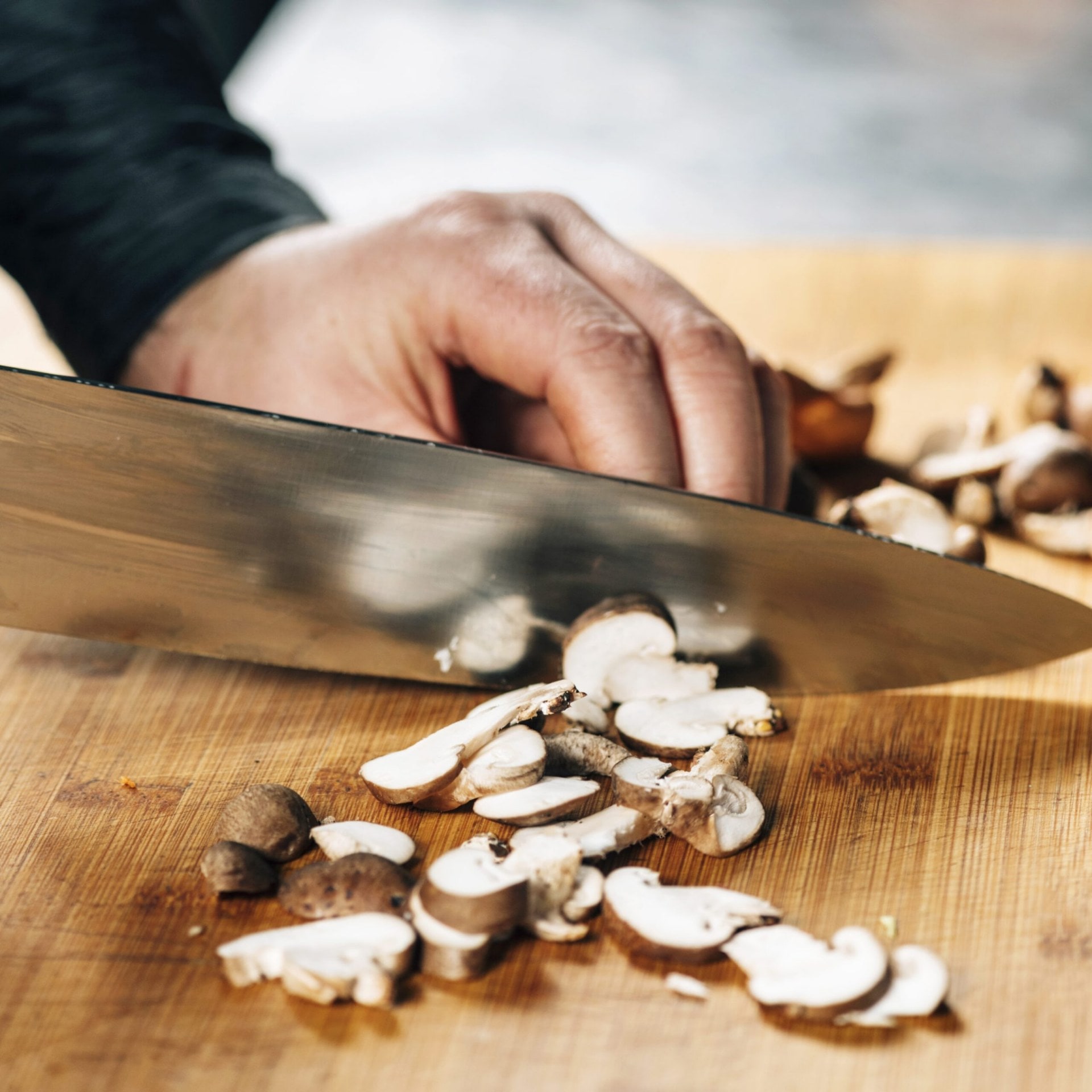
Although mushrooms have been used for medicinal purposes for thousands of years in Asia, where more than 100 varieties are used to treat cancer alone, it’s only relatively recently that they’ve been used or investigated for medicinal purposes here. In pre-colonial times, though, Maori knew what all the fuss was about and used certain mushrooms to treat all kinds of ailments.
In the late 1800s, New Zealand even exported one variety to Asia. Peter Buchanan, a scientist who has been studying fungi for 40-plus years, describes New Zealanders as “mycophobic’’ – skeptical and wary of fungi and mushrooms (“fungi” is the umbrella term; “mushroom” refers to the fruit and the body). Whereas Asian cultures devour mushrooms and embrace potions and treatments made from them, he says Kiwis follow the more wary British tradition.
This reflects my experience: as a child, I traipsed through the paddocks on my aunt’s farm searching for mushrooms while carefully avoiding larger toadstools with pale undersides. Peter says the word “toadstool” is a British one invented to describe a poisonous mushroom. “We’re unnecessarily concerned about the risks when, in fact, mushrooms should be treated like any other vegetable or food out in the wild when you come across it and don’t know what it is.”
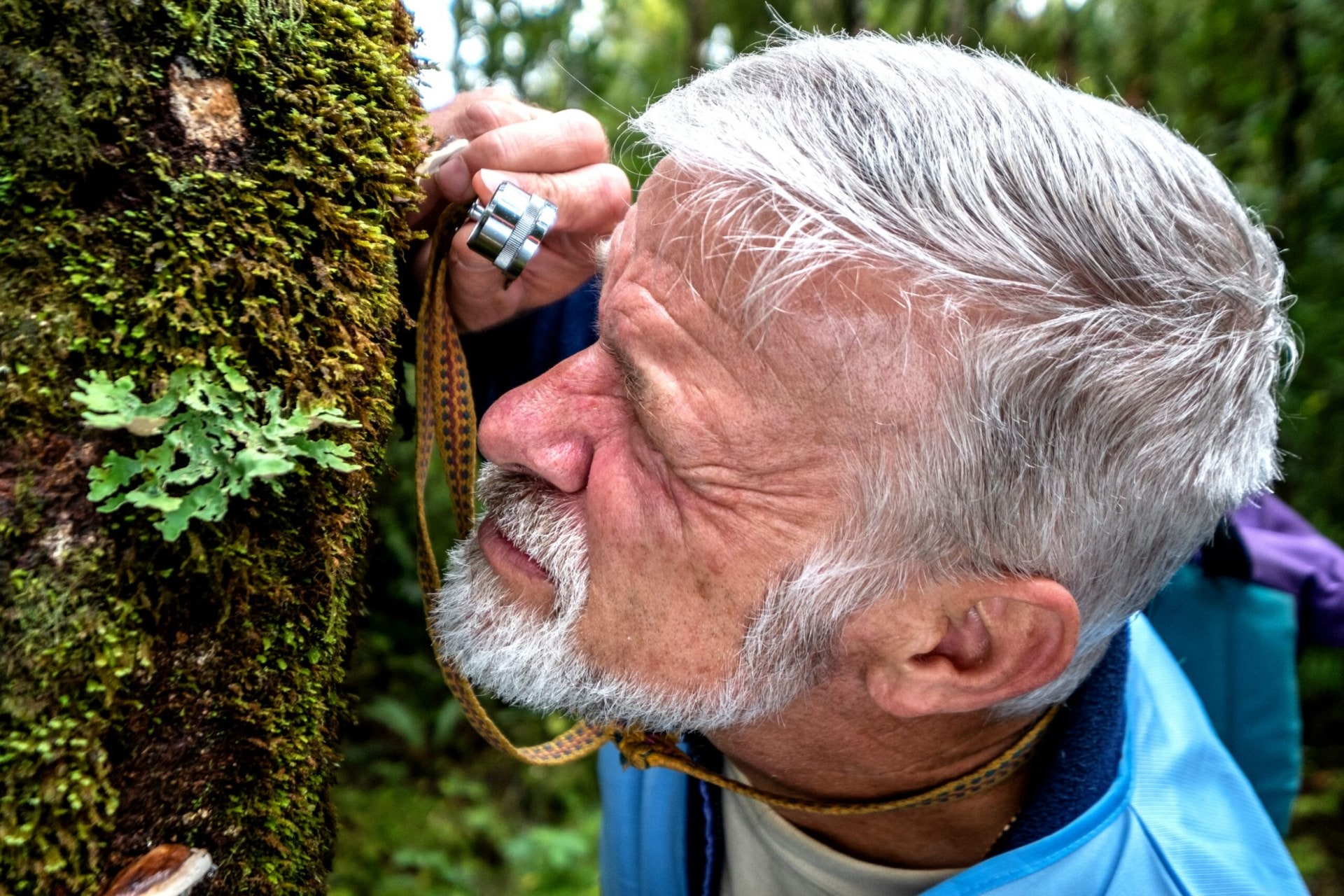
Today, 80 percent of mushrooms grown and sold in supermarkets are from Canterbury grower Meadow Mushrooms. Peter reckons Kiwi shoppers typically reach for button mushrooms (Agaricus bisporus) as they’re familiar – they’ve been commercially grown here since the 1930s. “People think they’re buying different mushrooms, but the white and brown mushrooms are from the same species – it’s just like a ‘Gala’ apple versus a ‘Granny Smith’,” says Peter. “I’m pleased that consumer choice has begun to improve and we now eat oyster, shiitake and enoki, and grow them here.’’

Does it matter, though, if you sizzle shiitake mushrooms in a stir-fry or drink oyster mushroom tea? Are these varieties any better for you than those button mushroom we’ve grown up eating? Are the powders and teas a marketing gimmick or do they work? It depends on who you talk to.
Growing popularity
In Hunua, South Auckland, Phil Matheson was inspired to grow exotic mushrooms after a trip to the US in 2009. However, it took a while for New Zealanders to convert from button mushrooms to the gourmet varieties he started to grow. A board member of the Commercial Mushroom Growers Federation, he says Kiwis don’t eat a lot of mushrooms – about 2.5kg per person a year, compared with Australians, who eat 4kg a year.
Phil points to a shift in food trends as a turning point for his gourmet mushrooms, with professional chefs such as Simon Gault and Sid Sahrawat adding them to their dishes. He now sends about 60 percent of his weekly tonne of oyster, shiitake and enoki mushrooms to restaurants such as Auckland’s Amano, Cocoro, and Sid at The French Café, and Wellington’s Logan Brown. He also grows and supplies exotic mushrooms to My Food Bag and Countdown supermarkets.
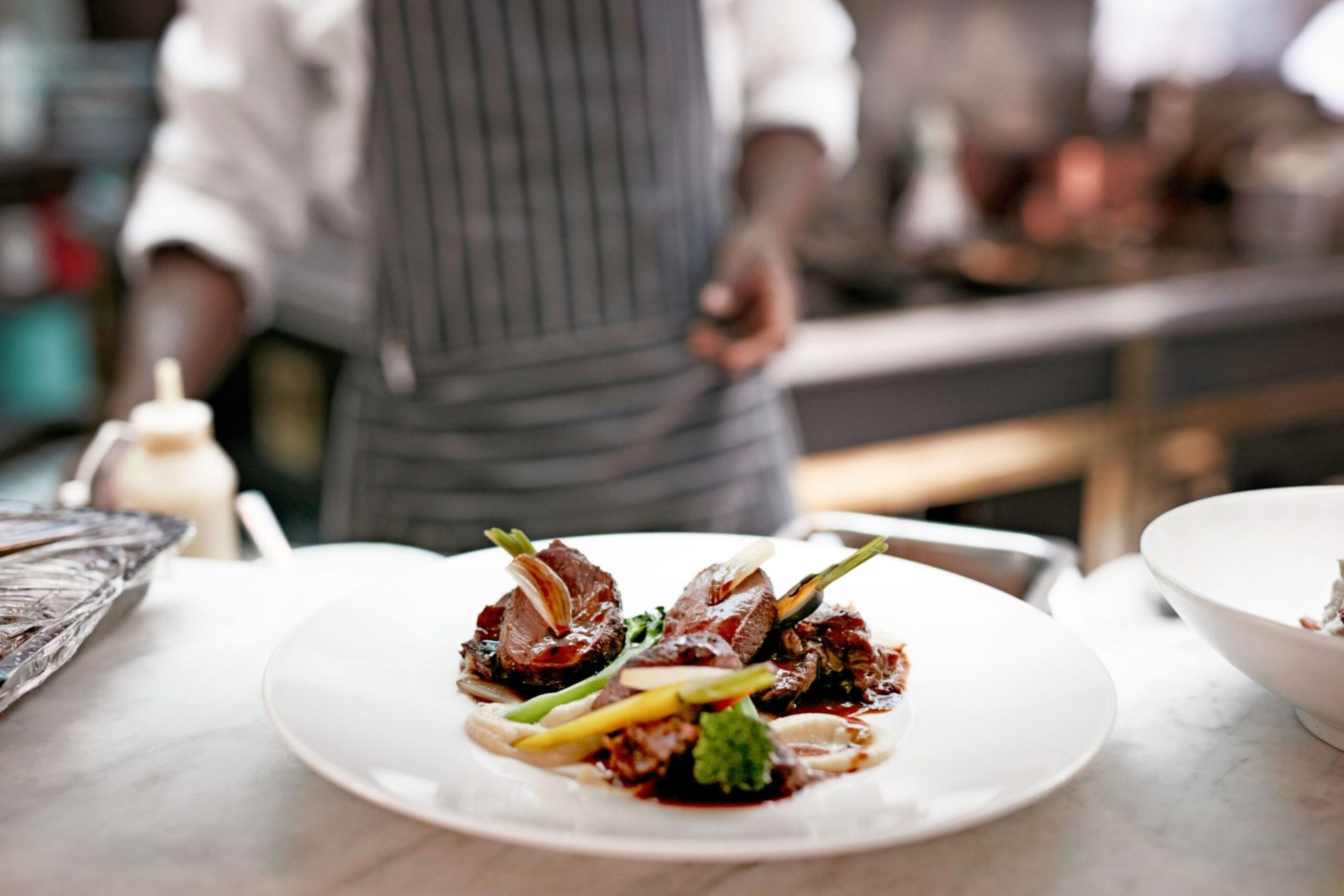
For a long time, Kiwis viewed mushrooms with a bit of suspicion, but today, with global travel commonplace, people are experiencing and enjoying new tastes and textures abroad, which is impacting on the food scene here. We’re more experimental and open to new foods.
Mushrooms also present environmental opportunities: Phil is part of a start-up called BioFab that’s creating a sustainable alternative to polystyrene out of mycelium from the root systems of mushrooms.
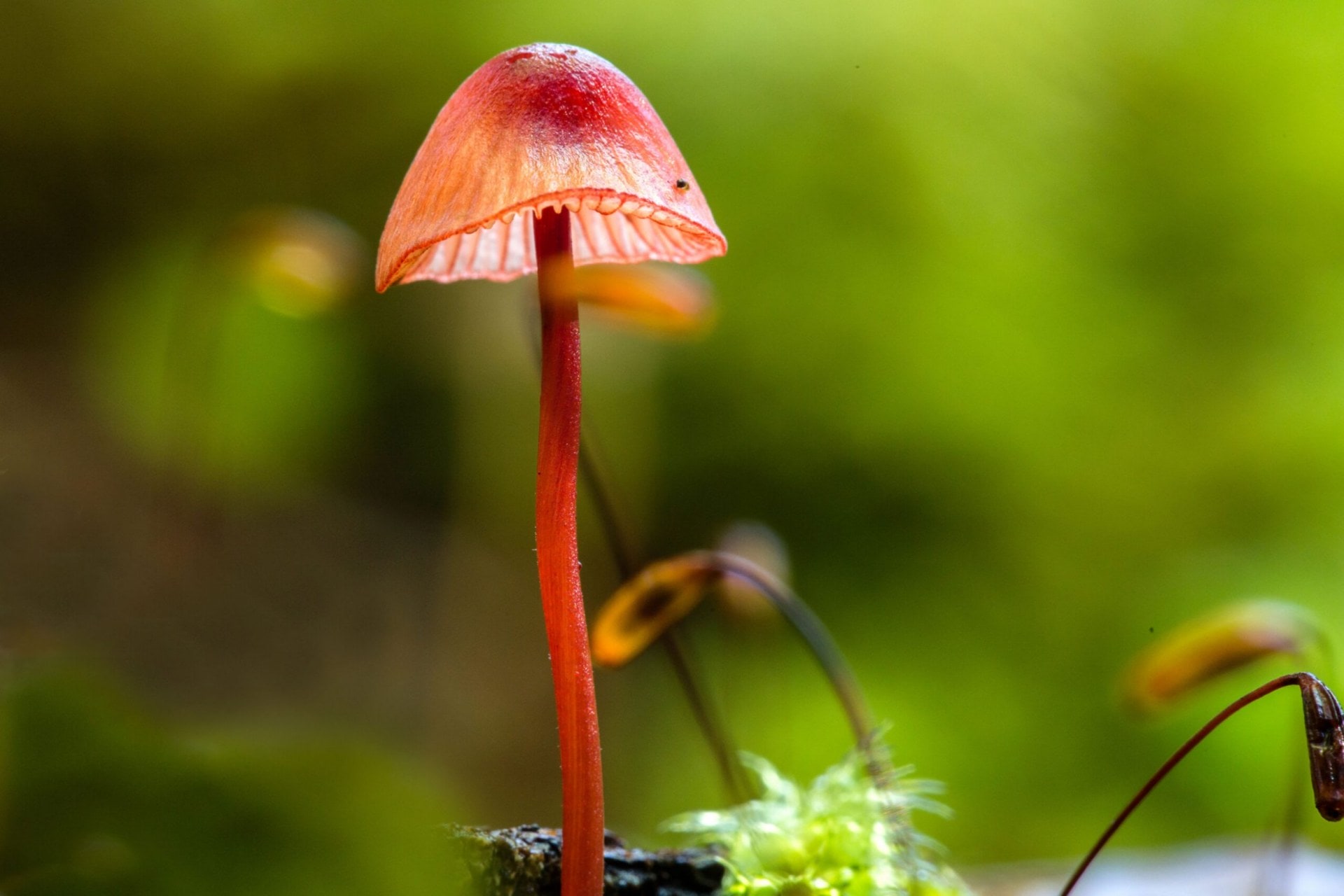
There are all kinds of fungi in New Zealand – some edible, some poisonous, some microscopic, and all weird and wonderful. They’re an important part of our ecosystems, essential for breaking down plant matter and animal waste.
Medical marvels
Best known for his TED Talk entitled Six ways mushrooms can save the world, mycologist Paul Stamets describes mushrooms as “nature’s miniature pharmaceutical factories”. Indeed, the fungus Penicillium notatum has saved millions of lives worldwide, the antibiotic penicillin being one of the foundations of modern medicine.
Although mushrooms’ benefits as health supplements can be disputed, their medicinal properties are more conclusive. University of Auckland microbiologist Siouxsie Wilkes is researching using fungi as the basis for an antibiotic to fight the superbug, and has taken some of the 10,000 living fungi from the Landcare Research lab as part of her investigations.
According to a bilingual teaching resource on fungi that Peter helped produce, back in the day, Maori used mushrooms medicinally, applying the puff ball mushroom (pukurau) to relieve pain from burns or stop bleeding, for example. They also knew which fungi were safe to eat – puff balls could be enjoyed when small, white and firm.
Maori gathered and exported wood ear mushrooms (hakeke) to Asia from 1870 to 1900, as they were widely used in Asian medicine to help with colds and fevers. Today, they’re not commercially grown or harvested here – in fact, we now import them from Asia. Cooked poplar mushrooms (tawaka) were also considered to have medicinal benefits – they were reportedly given to Maori suffering fever and to aid the health of expectant mothers.
As interest in native varieties of mushrooms increases, one of Peter’s team members, Chris Smith, a technician at the Landcare Research mycology lab, is investigating three mushrooms once foraged by Maori for food and medicinal purposes, which he hopes to encourage iwi to grow commercially. One is tawaka; another, pekepekekiore, is a sister species of lion’s mane.
“It’s really exciting,’’ Chris says, adding that promising human trials have been conducted overseas on lion’s mane. “It looks like it can improve neurological performance, and have a protective effect on Alzheimer’s and degenerative conditions.’’
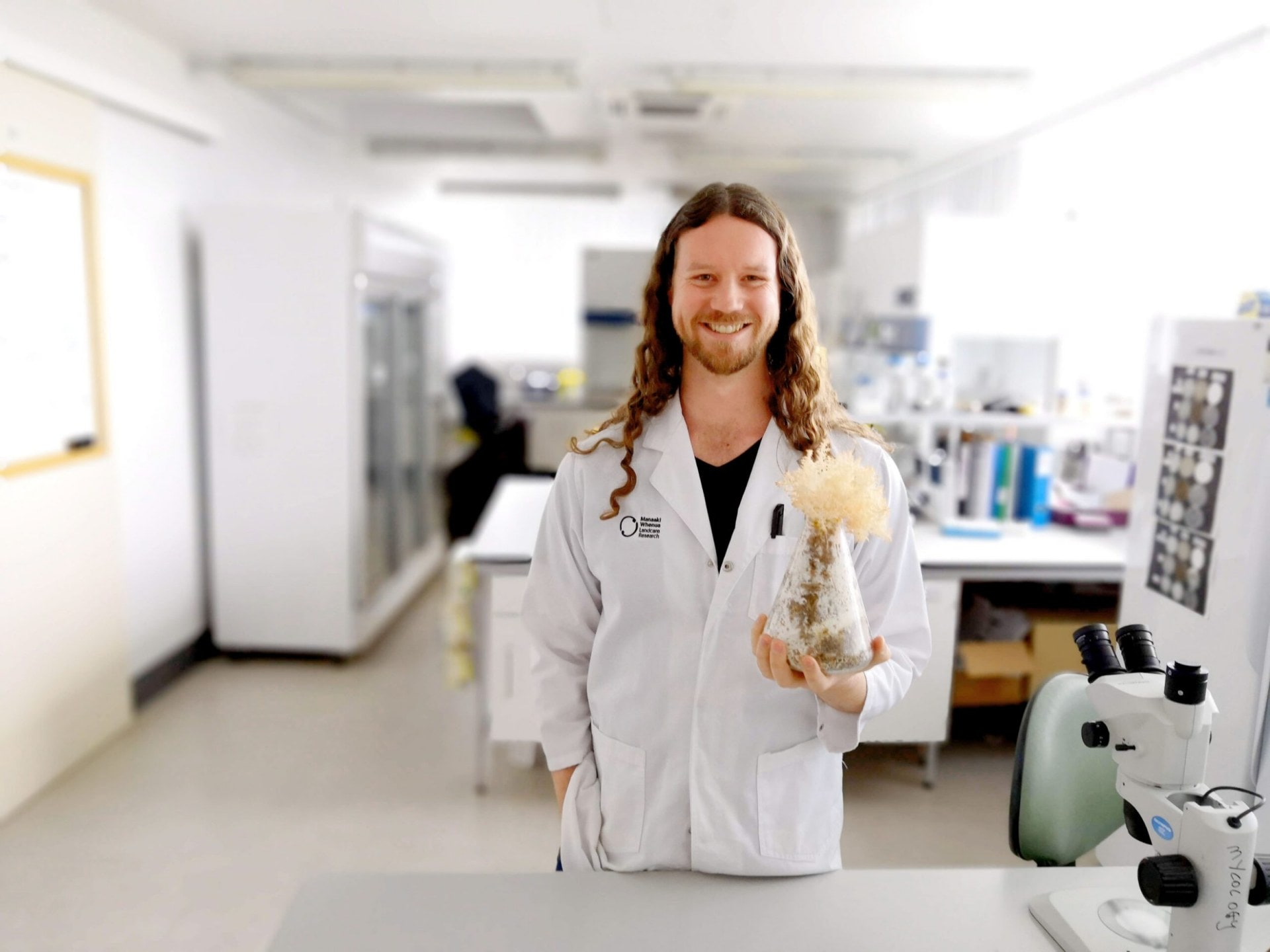
Another mushroom under investigation is a New Zealand shiitake. The second most-cultivated mushroom in the world, Asian shiitake, has been shown to have anti-inflammatory and anti-cancer properties. It’s used in traditional Chinese medicine to treat high cholesterol, heart disease, colds and flu, among other things.
Chris, who’s been growing mushrooms at home for a decade, has researched the nutritional properties of the three varieties. He found tawaka mushrooms have more iron than spinach – 5.8mg of iron per 100mg, compared with spinach at 2.7mg. “They’re all incredible, delicious and nutritionally wonderful,” he says.
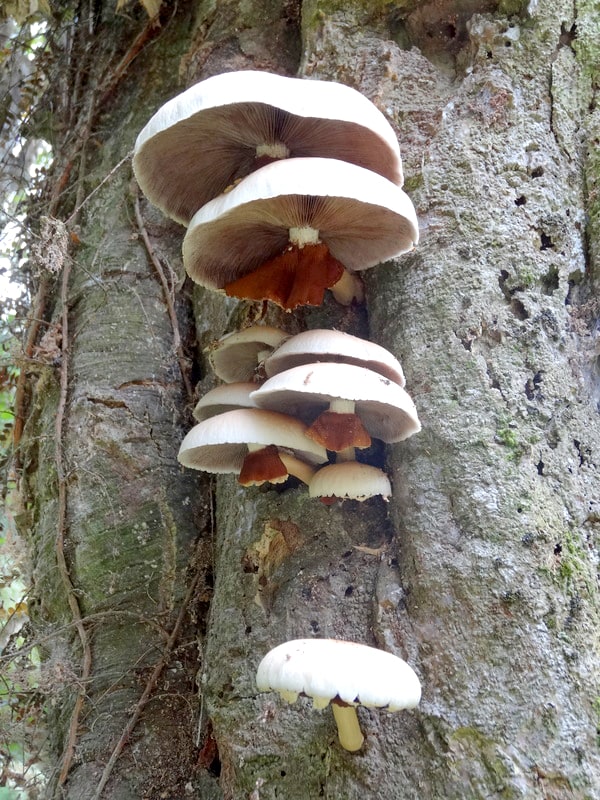
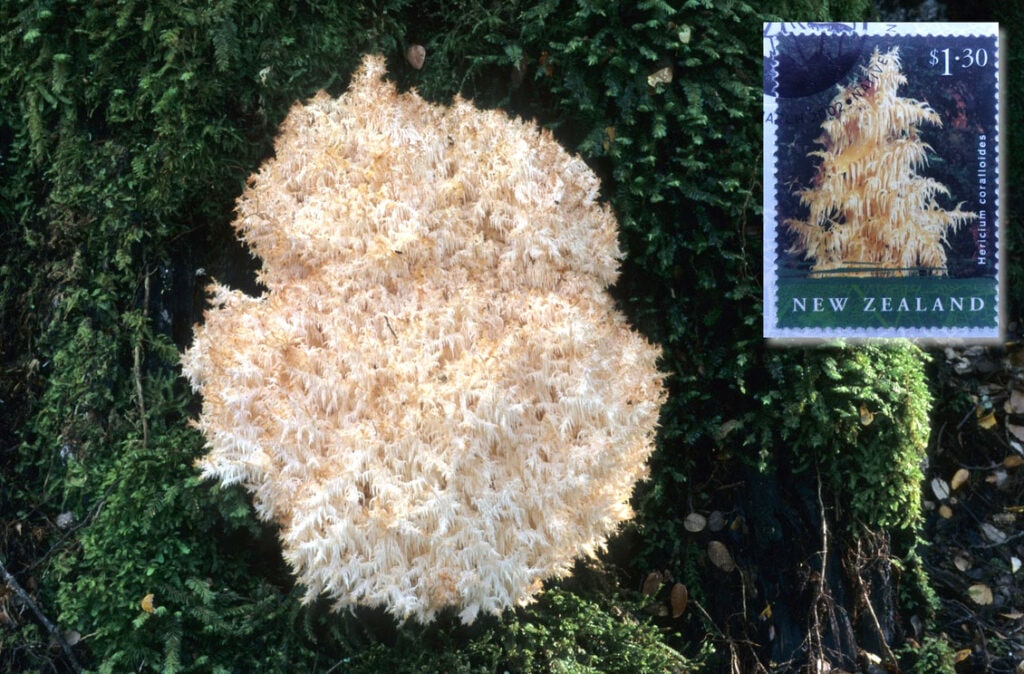
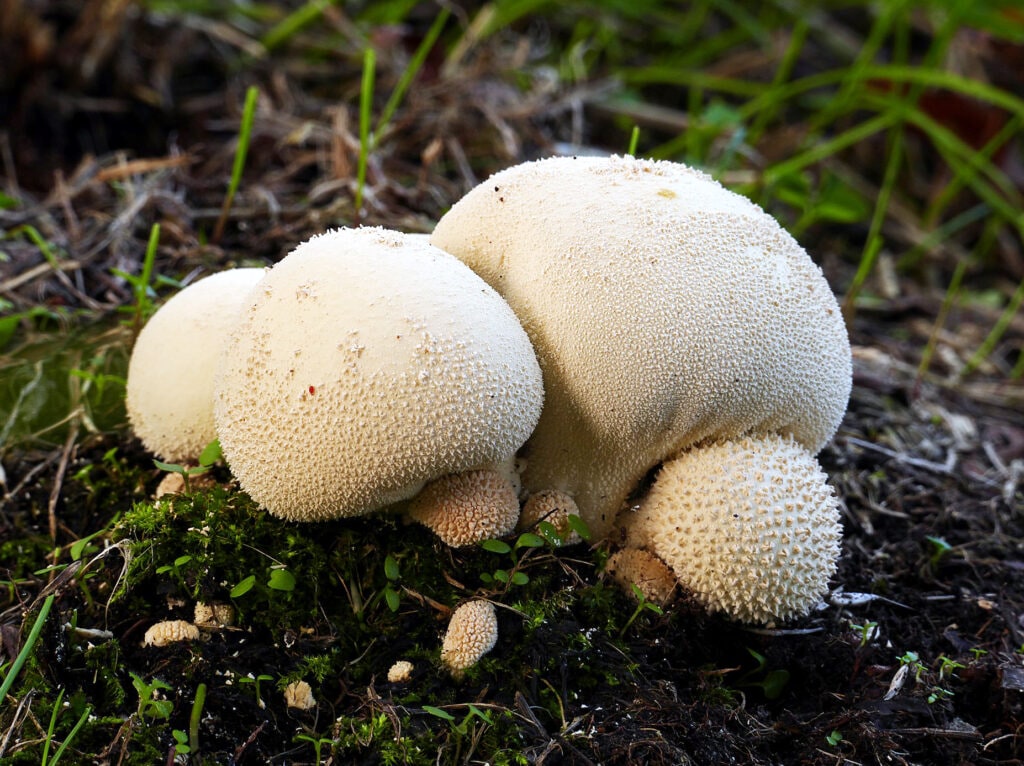

In South Canterbury, Taylor McConnell has noticed an increasing local desire for homegrown mushrooms. From his mushroom farm, Sporeshift, he runs growing workshops, sells kits, and grows and supplies oyster and shiitake mushrooms to restaurants. He and his partner, Susan Jacobs, are virtually self-sufficient, growing 80 percent of their vegetables and keeping chickens, bees and hens. Growing mushrooms was part of their desire to create a healthy environment for their garden, as mushrooms help feed the soil.
Describing mushrooms as a wonder food, Taylor says, “Anyone can grow mushrooms and they’re an excellent indoor option too. You can grow them in a bucket or a bag, or on logs or sawdust in your garden. If you can mix a cake, you can grow mushrooms.’’
He’s recently started growing lion’s mane mushrooms, which he describes as tasting like “crunchy lobster’’. Every day, he swallows a capsule of lion’s mane powder and says he feels the benefits of it. “I have the most vivid dreams. I definitely feel better when I take it.’’
Auckland nutritionist, herbalist and naturopath Rachel Dawson is also a fan of lion’s mane. She uses it as one of the organic mushroom powders she turns into health blends with herbs. The others are cordyceps, turkey tail, reishi and chaga, two of which are imported from China and Mongolia because they’re not grown here.
“People often freak out when you talk about Chinese mushrooms, but they’ve been cultivating them for such a long time,” she says. She doesn’t claim her Misty Day Plant Potions are “medicinal’’, but instead calls them “functional’’. Her biggest seller is Shroom Squad, a powder containing all five mushrooms.
She says all mushrooms contain immune-stimulating polysaccharides called beta-glucans. Chaga is especially packed with them, so it helps those with weak immune systems, inflammation and digestive issues. “The only other consumables that have beta-glucans are oats and certain seaweeds,” says Rachel. Other mushrooms work to support the nervous system and reduce cholesterol.
For his part, Peter is skeptical about whether mushroom powders, teas and potions have the benefits they promote. “There’s huge business in this, particularly in Asian markets, where mushrooms are revered. Reishi’s one that is hugely commercialised in Asia.”
Whatever the case, Peter and Chris would like edible fungi to be treated as its own food group: meat and dairy, plants, and fungi. “Many of those that have been researched and commercialised overseas have largely been overlooked here,” says Peter. “We only grow about a third of the fungi we know about. I’d be in favour of us eating more mushrooms anyway as a meat substitute, because they have a much lower carbon footprint for a start. They’re grown on sawdust.’’
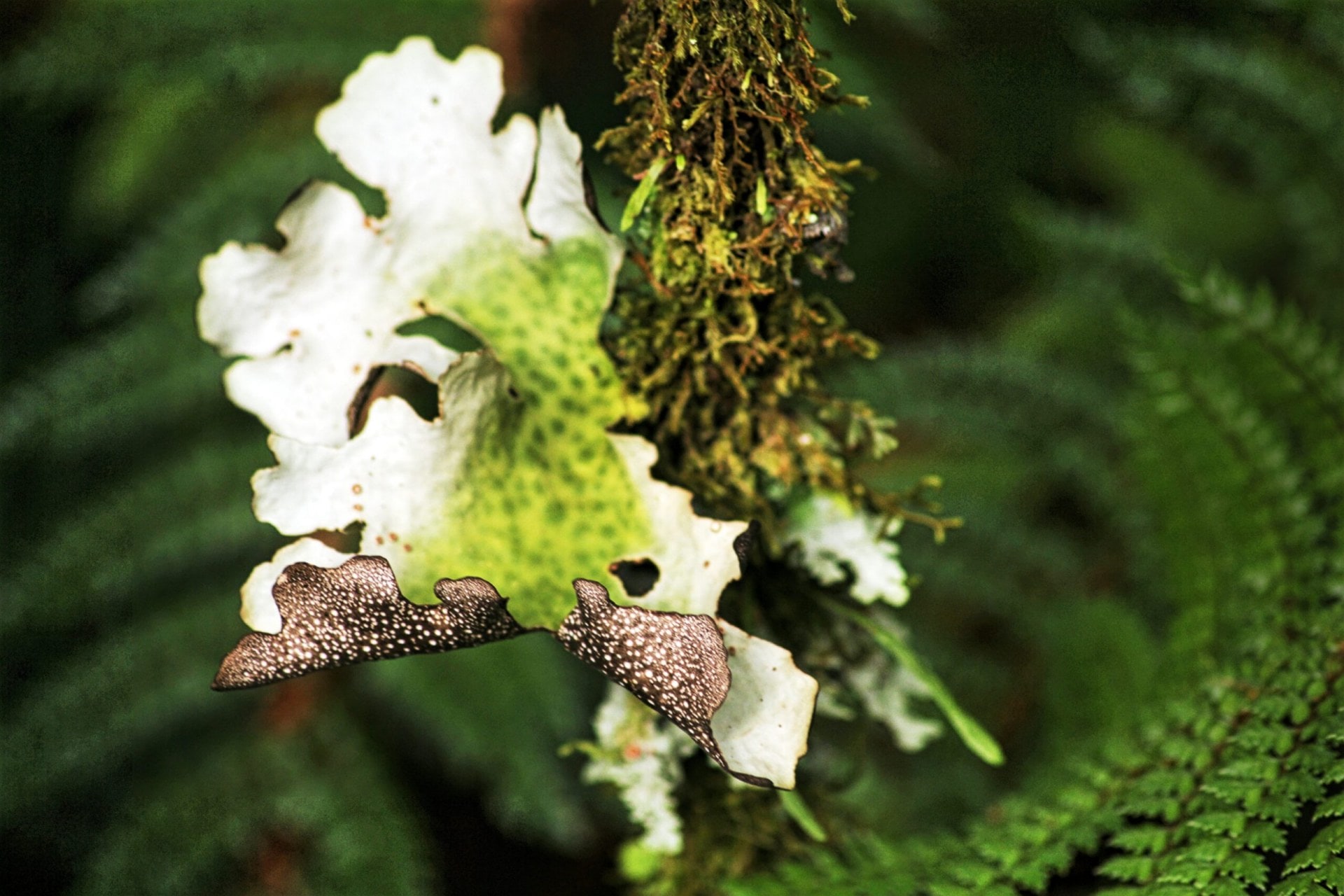
According to a report by Plant & Food Research, mushrooms are nutrient-packed, low in fat, calories and carbohydrates, and a moderate source of protein. They contain about 15 vitamins and minerals, including vitamin B6 (an immunity booster), folate, magnesium, zinc, potassium and selenium. They’re also rich in antioxidants, such as ergothioneine, an anti-inflammatory compound. One mushroom provides 25 percent of the recommended daily intake of riboflavin, which vegetarians are often deficient in, another reason they’re promoted as an excellent food source for those on a meat-free diet.
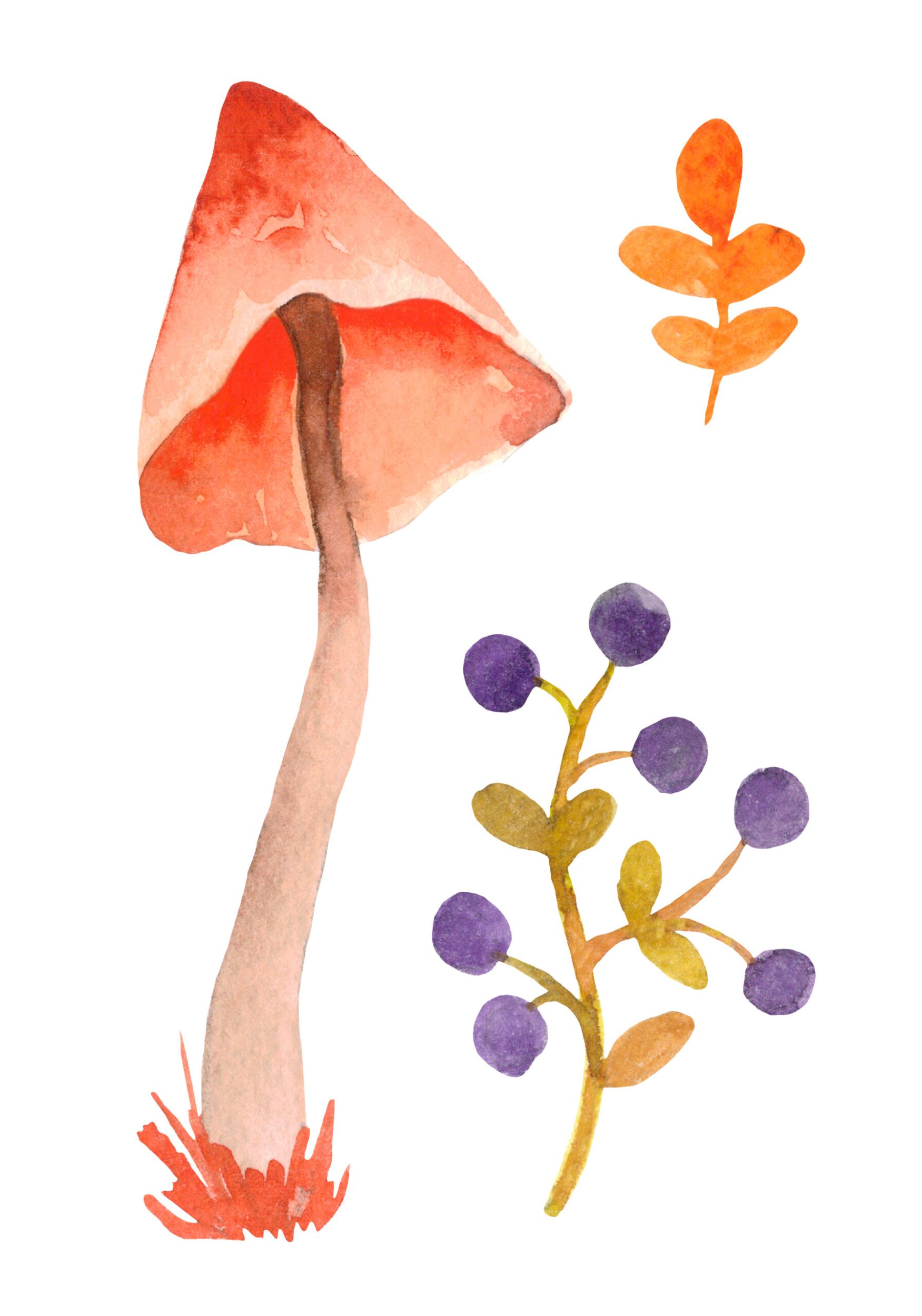
Sarah Catherall is an award-winning Wellington freelance journalist who loves writing stories about interesting and important topics and people.

